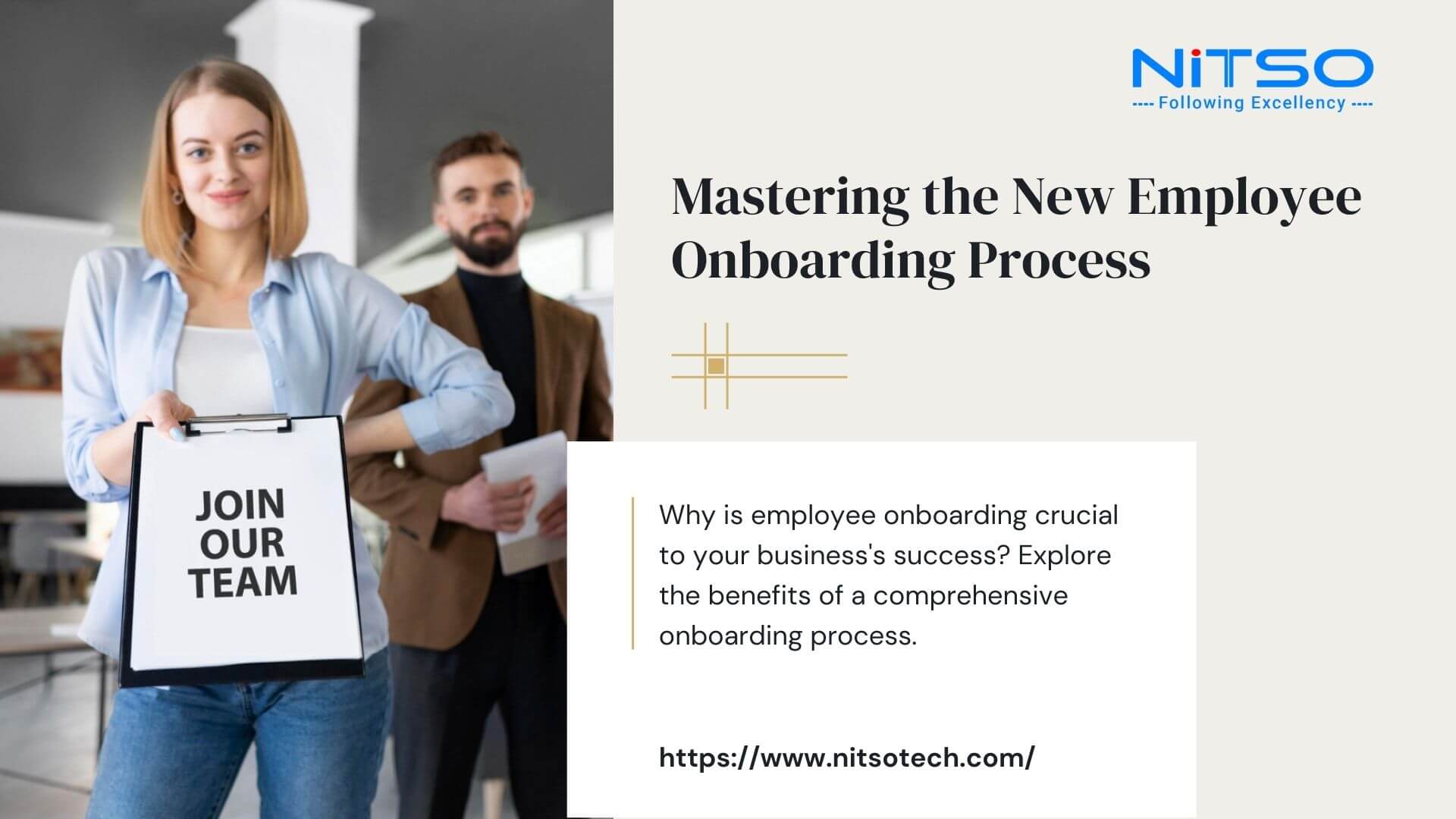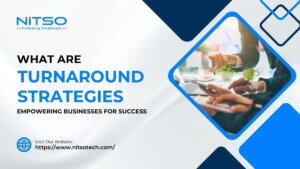What does it mean when your recruiter tells you about employee onboarding? Simply put; it means integrating newly-recruited personnel into your business organization by supporting them through adapting to new responsibilities and roles within the company framework through various training programs. The significance of this taks should not be underestimated as it allows to enhance productivity and boost employee retention rates. By investing in comprehensive employee onboarding software, an organization can set its new employees up for success and accomplish better outcomes in the long run.
Table of Contents
The Employee Onboarding Process
The steps of the employee onboarding process There are several steps involved in the employee onboarding process, including:
- Pre-boarding: As new employees are set to join the company, they must receive fundamental information before their start date. This ensures they are adequately prepared for their first day at work and can begin contributing positively to the organization. Communication with prospective employees should be proactive and informative, permitting them to feel like an integral part of the company before they even arrive.
- Orientation: This is the initial introduction of new employees to the company’s culture, policies, and procedures.
- Training and development: Successful integration of newly hired employees requires adequate investment in training and development. Allowing them to aspire, learn, and progress from educational programs enhances their performance.
- Performance feedback: This involves providing new employees with feedback on their performance to help them improve and reach their full potential.
- Follow-up and support: This involves providing ongoing support to new employees and ensuring that they feel valued and supported throughout their time with the company.
The Benefits of Employee Onboarding
Improved Productivity
The importance of employee onboarding cannot be understated as it impacts productivity in the workplace positively. Training new hires adequately, accompanied by providing essential resources at their disposal ensures they integrate into their tasks smoothly.
Higher Employee Retention Rates
Individuals who undergo organized forms of training are likelier to sustain themselves in the company over an extended period due to feeling valued and better equipped professionally by default.
Enhanced Employee Engagement and Satisfaction
Employee onboarding remains crucial for any corporation seeking to boost its teams’ morale and productivity levels. A strengthened company culture built around supportive structures leads to positive employee experience outcomes—ultimately driving better overall results.
Best Practices for Onboarding Employees
To ensure a successful onboarding experience, it is essential to follow best practices such as:
- Start onboarding before the first day: Communicate with new employees before their start date to ensure they have all the necessary information and feel well-prepared.
- Provide a warm welcome: Create a welcoming and friendly atmosphere for new employees on their first day to help them feel comfortable and valued.
- Assign a mentor: Assign a mentor or buddy to new employees to provide them with ongoing support and guidance.
- Provide ongoing training and development: For new workers to succeed in their positions and advance within the firm, it is important to offer them ongoing training and development chances. Such opportunities will help enhance employees’ abilities while also presenting fresh knowledge they may integrate into business operations.
- Provide feedback and recognition: Provide new employees with feedback and recognition to help them improve and feel valued.
Article you might be intrested in Payroll Management Best Practices to Ensure Accuracy

What’s the Difference Between Onboarding and Orientation?
Confusion occurs when people mistakenly use “onboarding” and “orientation” interchangeably; however, these words describe different processes for new employees joining companies. In essence, arriving at a complete understanding of these concepts reveals some differences between them.
While onboarding is all-encompassing – extending beyond just early days or weeks in employment. Its focus is primarily on making sure newcomers feel comfortable in their positions and readily integrate with the organization’s culture effortlessly—something that may require several months at best!
Orientation processes are quite limited; typically happening during those initial couple of days or weeks after joining – this briefing aims towards introducing new hires by providing information about corporate policies and proper conduct within its walls; ranging from leave policies to defining basic HR policies.
As competition between businesses intensifies each year in ever-more crowded markets with high exit rates among employees – onboarding plays a critical role in securing top talent retention. Orientation is a one-time event that provides new employees with a baseline understanding of the company and its policies. Onboarding, on the other hand, is an enduring practice comprising periodic training and growth, communication-feedback cycles, and guidance facilitating assimilation into the company culture for new personnel.
Blending in with a company involves more than just an orientation as onboarding tackles a broader range of issues. It aims at familiarizing newly employed individuals with an organization’s mission while providing adequate support and resources for optimal performance. An orientation session is critical indeed yet, can’t be regarded as the sole process in charge. Effective onboarding includes ongoing development opportunities and check-ins towards confirming employee progress.
Transforming Employee Onboarding through Automation
The advancement in technology has revolutionized several aspects within various business sectors – including employee onboarding – resulting in a more streamlined approach through automated HRM software systems today compared to years ago. These automated systems have several advantages which transform operations during this initial period for staff members starting at an organization:
- Automated communication: Utilizing chatbots and email automation can ensure the timely delivery of crucial information. These tools offer efficiency and simplicity, thus promoting smoother onboarding processes. As it offers prompt responses while minimizing work pressure for employers during the introductory period.
- Electronic documentation: Electronic documentation tools can make it easier to manage and store onboarding documents, such as employment contracts, tax forms, and benefits enrollment forms.
- Online training and development: To keep up with today’s fast-paced business environment, companies need to provide consistent learning opportunities for employees. One promising solution lies in modernized methods like online employee training which provide ease of access at all times.
- Performance tracking and analytics: Automated performance tracking and analytics tools can help to measure the effectiveness of the onboarding process and identify areas for improvement.
Finale Opinion
New hires may prioritize salary or benefits during job hunting, but ultimately the way an organization integrates them is what affects their longevity at the company most importantly- this is where effective onboarding comes in handy as one of the critical ways that directly impacts employee participation and retention rate positively. Using automated tools can accelerate this process which leads to more productive individuals who feel supported by their employers.
FAQs Related to Employee Onboarding
How Long Does Onboarding Take?
Onboarding length varies depending on various elements such as business type and unique job duties held by newly acquired employees; but remember, comprehensive associations require continuous engagement to foster growth– thus, there’s never really an endpoint when it comes to successful onboarding. To properly assimilate employees into an organization’s culture takes considerable time and focus; sometimes requiring numerous months for them to feel wholly integrated within the workplace.
How can automation tools improve the onboarding process?
Automation tools, such as chatbots, email automation, and electronic documentation, can help to streamline communication with new employees, provide access to training materials and resources, and improve performance tracking and analytics to identify areas for improvement.
How can a strong onboarding process impact employee retention rates?
A strong onboarding process can significantly impact employee retention rates by creating a positive first impression of the company, promoting employee engagement and loyalty, and reducing turnover rates.
What are some common mistakes to avoid when onboarding new employees?
Setting unclear expectations, giving inadequate training or resources, forgetting to assign a guide or mentor to new employees, and neglecting to provide enough channels for feedback and open communication are errors businesses usually make. These mistakes could lead to less work output, demoralized workers, and an increase in staff turnover.
How can companies ensure that their onboarding process is effective?
An effective company onboarding process involves regular evaluations of the program and requesting feedback from new employees. Employers should also implement automation tools for streamlining procedures and assigning mentors to fresh recruits. Moreover, the accessibility of relevant training materials is crucial in ensuring success during this introductory period.
How can companies measure the success of their onboarding program?
According to various surveys conducted on corporate onboarding methods, companies can enhance their program’s effectiveness by monitoring various metrics such as employee engagement, retention rates, and productivity levels. Gathering feedback from new employees helps them refine the process continuously which pays off in high employee job satisfaction.
What role does HR play in the employee onboarding process?
HR plays a crucial role in the employee onboarding process by creating a structured onboarding plan, providing access to training and development resources, assigning a mentor or buddy to new employees, and tracking and evaluating the success of the program over time.








This is a very good tip particularly to those new to the
blogosphere. Brief but very accurate info… Thanks for sharing
this one. A must read article!